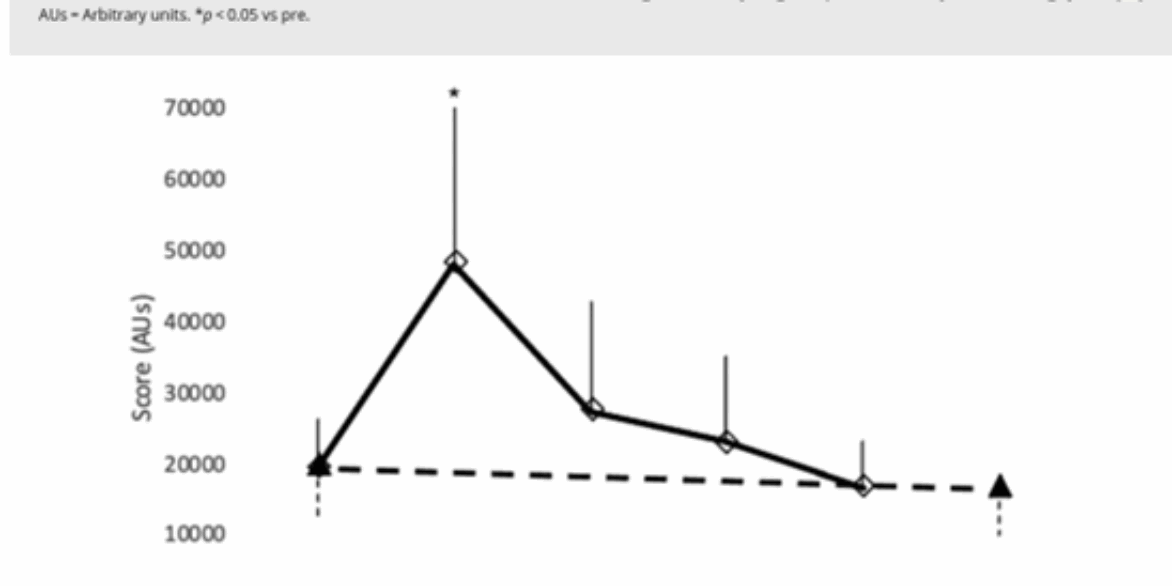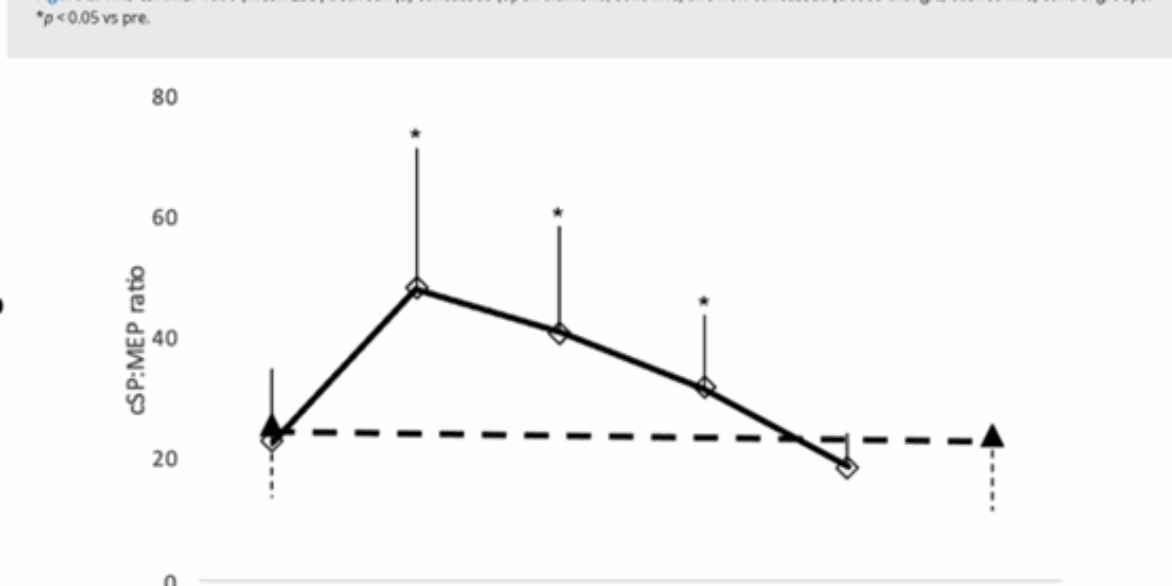

By Associate Professor James McLoughlin
Chief Academic Officer, Your Brain Health
Brand new Evidence is now changing our approach!
Three high-quality studies published in 2025 mark a strategic shift in concussion rehabilitation. Collectively, they demonstrate that early, structured oculomotor therapy — particularly vergence and accommodative exercises — is both safe and effective in accelerating recovery after sport-related concussion.
The CONCUSS Trial – Alvarez et al., 2025 (BJSM)
The CONCUSS randomised clinical trial was the largest to date to evaluate vergence and accommodative therapy for concussion-related convergence insufficiency. Compared with usual care, participants receiving targeted vision therapy showed significant improvements in near-point convergence, symptom severity, and reading performance.
This study validates vergence/accommodative therapy as a priority evidence-based, neuro-optometric intervention, not merely an optional adjunct to general rehabilitation.
Haider et al., 2025 (Applied Sciences)
Haider and colleagues trialled a self-guided oculomotor rehabilitation program for adolescents early after concussion. Exercises were simple, short, and home-based, focusing on smooth pursuit, saccadic, and convergence control. The results were impressive: participants who began these tasks early recovered visual symptoms more rapidly and reported better functional outcomes than those in usual care.
Crucially, the study confirmed that early oculomotor training is feasible, safe, and well-tolerated, supporting a paradigm shift toward active early management with foundation exercises rather than just delayed visual rehabilitation.
Trbovich et al., 2025 (Journal of Neurotrauma)
Trbovich and colleagues conducted a randomised controlled trial of Brock string vision therapy for individuals with receded near-point of convergence (NPC >5cm) following concussion. Even with a short protocol, participants achieved measurable improvements in convergence and symptom reduction compared with controls.
This trial suggests that structured vergence exercises, long used in vision therapy, can be effective tools within mainstream concussion rehabilitation programs.
Why this is changing our Clinical Practice
Traditionally, concussion rehabilitation has prioritised sub-threshold aerobic activity, cervico-vestibular therapy and gradual exertional re-exposure with visual therapy, particularly binocular issues such as vergence and accommodation difficulties, often deferred or referred to orthoptists, behavioural optometrists, or ophthalmologists after symptoms persist. We believe that activating these referrals is still vital, however this recent evidence suggests clinicians can do more for vision in these early stages, particularly as more practitioners are now screening with an oculomotor clinical exam such as VOMS and using eye-tracking technologies.
Visual symptoms are common and modifiable early.
Early deficits in smooth pursuit, saccades, and vergence are now known to contribute to dizziness, headache, and cognitive fatigue. These findings support initiating basic oculomotor exercises within the first 1–2 weeks when tolerated. The key is utilising skills in education for optimal level of adherence and compliance when prescribing visual exercises in these early stages. (we spend time on our courses with important tips for visual and vestibular exercise prescription)
Vergence and accommodative training work.
Simple home-based tasks, such as brock string (sometimes), pencil push-ups, and near–far fixation may improve convergence and symptom load without adverse effects. BUT WAIT! Orthoptists within the Your Brain Health network however still warn us of a basic ‘one size fits all approach’, especially as orthoptists often see accommodation insufficiency or spasm after concussion, and convergence exercises in this case would make symptoms worse. Referral to an orthoptists or ophthalmologist, certainly within 4 weeks post concussion is therefore a wise approach!
Multimodal rehabilitation remains key.
Vision therapy complements vestibular and cervical rehabilitation. Integration of these domains is critical for restoring sensorimotor control, postural stability, and functional vision. Again exercises for oculomotor (vision) and gazes stability (vestibular) will need careful prescription, as they can often be prescribed by more than one health care professional.
Early engagement empowers patients.
Structured, low-risk visual drills provide patients with an active role in their recovery, reinforcing positive expectancy and movement confidence. This remains a cornerstone for all early interventions.
Our Updated Clinical Approach
We are evolving our concussion rehabilitation guidance to reflect this evidence.
– Continue sub-threshold aerobic and cervico-vestibular rehabilitation as foundational elements.
– Introduce very basic early oculomotor and vergence exercises such as near–far focus, smooth pursuits, saccadic training and even Brock string when tolerated.
– Maintain clear and early referral pathways to orthoptists, and ophthalmologists for complex or persisting visual deficits.
– Use longitudinal tracking to monitor recovery trajectories and guide rehabilitation progression.
This updated approach embraces an “early, active, and integrated” model of concussion care. One that aligns visual, vestibular, cervical, and cognitive systems from the earliest stages of recovery.
Key Takeaway
Concussion rehabilitation is evolving from “wait and refer” to “treat early, integrate and refer”
Just as sub-threshold aerobic and vestibular interventions transformed concussion outcomes over the past decade, early oculomotor therapy now stands as the next frontier — restoring efficient eye-brain coordination, accelerating recovery, and reducing long-term symptom burden.
So, what are we going to do in Your Brain Health? We will provide more guidance on early foundation oculomotor exercises within our courses. We encourage more orthoptists, ophthalmologists and some behavioral optometrists to join our network, as this is becoming a great ecosystem where clinicians can not only find each other but can share and ask important clinical questions.
References
Alvarez, T. L., Scheiman, M., Hajebrahimi, F., Noble, M., Gohel, S., Baro, R., Bachman, J. A., Master, C. L., Goodman, A., & CONCUSS Investigator Group. (2025). CONCUSS randomised clinical trial of vergence/accommodative therapy for concussion-related symptomatic convergence insufficiency. British Journal of Sports Medicine. Advance online publication. https://doi.org/10.1136/bjsports-2025-109807
Haider, M. N., Edwards, J. M., McPherson, J. I., Rao, K. A., Leddy, J. J., & Chizuk, H. M. (2025). Early, self-guided oculomotor rehabilitation in adolescents with sport-related concussion is feasible and effective: A quasi-experimental trial. Applied Sciences, 15(21), 11330. https://doi.org/10.3390/app152111330
Trbovich, A. M., Zynda, A. J., Togashi, T., Burley, C., Mucha, A., Collins, M. W., & Kontos, A. P. (2025). Randomized controlled trial of Brock string vision therapy for receded near point of convergence following concussion. Journal of Neurotrauma. https://doi.org/10.1177/08977151251359960



